Introduction
Lead generation has always been at the heart of business growth, but in the digital era, social media has emerged as one of the most powerful and cost-effective channels for attracting and converting potential customers. As audiences become more digitally connected, the ability to leverage platforms like LinkedIn, Facebook, Instagram, and YouTube for lead generation is no longer optional—it’s essential.
Social media allows brands to build awareness, create meaningful interactions, and drive measurable results by reaching people where they already spend time. However, generating leads through social media is not about broadcasting promotions—it requires strategy, targeting, personalization, and consistent execution.
This document explores the key strategies, tools, and best practices businesses can use to generate quality leads via social media.
Why Social Media for Lead Generation?
Social media platforms provide a unique combination of scale, targeting, and engagement. Billions of users interact with content daily, and platforms offer sophisticated tools for reaching highly specific audiences based on interests, behavior, profession, location, and more.
Key benefits of using social media for lead generation include:
- Wider Reach: Access to diverse, global audiences across demographics and industries.
- Precision Targeting: Ability to reach users based on job title, interests, behavior, or company size.
- Low Barrier to Entry: Campaigns can be launched with modest budgets and scaled up as results improve.
- Real-Time Engagement: Brands can connect, interact, and respond to prospects instantly.
- Content Versatility: Videos, polls, stories, carousels, and live streams can all be used to drive leads.
Core Strategies for Social Media Lead Generation
- Native Lead Generation Ads
Platforms like Facebook, LinkedIn, and Instagram offer built-in lead forms that allow users to submit their contact information without leaving the app. These ads reduce friction, particularly on mobile, and typically produce higher conversion rates.
Ensure the form is short, offers clear value (e.g., free guide, demo, or webinar), and is integrated with your CRM for immediate follow-up.
- Gated Content Offers
Gated content—such as whitepapers, toolkits, checklists, and industry reports—is highly effective for attracting qualified leads. Promote this content through social posts or ads, directing users to a landing page where they must fill out a form to access it.
Content must be highly relevant and solve a clear problem for your target audience.
- Chatbots and Messenger Funnels
AI-driven chatbots on Facebook Messenger or LinkedIn can initiate conversations, answer questions, qualify prospects, and capture contact details. Chatbots streamline lead generation by offering real-time interaction and guiding users toward CTAs like “Book a Demo” or “Download the Guide.”
Chatbot-generated leads can be directly routed to your CRM or email marketing system for further nurturing.
- Live Webinars and Video Events
Hosting a live event on LinkedIn Live, YouTube, or Facebook enables brands to engage audiences directly, share insights, and answer questions. Require registration to attend, thereby capturing lead data.
Live videos also build credibility and allow for interactive CTAs—such as commenting with an email, visiting a landing page, or scheduling a meeting.
- Polls, Surveys, and Interactive Posts
Polls on LinkedIn or Instagram Stories allow you to ask targeted questions that surface prospect pain points. Users who respond can then be followed up via comments or DMs.
These interactions not only generate insights but also provide an opening to offer solutions and collect contact information.
- Influencer Partnerships and Co-Marketing
Partner with relevant influencers or brands in your niche to expand your reach. Joint webinars, co-branded content, or shared giveaways introduce your product to a warm audience, increasing lead quality.
Track performance using UTM parameters and unique sign-up links.
- Retargeting Campaigns
Use retargeting to reach users who previously visited your site or engaged with your content but didn’t convert. Serve them tailored ads (e.g., client testimonials or time-sensitive offers) that bring them back into your funnel.
Retargeting works well for nurturing middle-of-funnel prospects who are familiar but not yet ready to act.
Best Practices for Social Media Lead Generation
- Deliver Value First: Don’t ask for information without offering something meaningful in return.
- Optimize for Mobile: The majority of users will interact with your ads and forms on mobile devices.
- Use Clear CTAs: Tell users exactly what action to take—“Download Now,” “Sign Up,” or “Book a Demo.”
- Test and Refine: Continuously test headlines, creatives, formats, and placements to improve performance.
- Track and Measure: Use tracking tools and CRM integration to attribute leads properly and measure ROI.
- Nurture Consistently: Capturing the lead is only the beginning. Use automated emails, retargeting, and sales follow-up to move leads through the funnel.
Tools and Platforms to Consider
- Lead Forms: LinkedIn Lead Gen Forms, Facebook Instant Forms, TikTok Lead Ads
- Landing Pages: Unbounce, Leadpages, HubSpot
- Chatbots: ManyChat, MobileMonkey, Drift
- Webinars: Zoom, GoToWebinar, YouTube Live
- Analytics: Google Analytics, Facebook Pixel, LinkedIn Insight Tag
- CRM & Email: MLeads, HubSpot, Salesforce, Mailchimp
Conclusion
Social media has firmly established itself as one of the most valuable lead generation channels available to businesses today. By using platform-native tools, crafting compelling content offers, and integrating with automation and CRM systems, organizations can build scalable and highly targeted campaigns that consistently bring in qualified leads.
The key to success lies in understanding your audience, delivering timely and relevant value, and nurturing each interaction toward a deeper relationship. In 2025 and beyond, those who treat social media as a structured pipeline—not just a promotional platform—will gain a decisive advantage in growth and customer acquisition.














